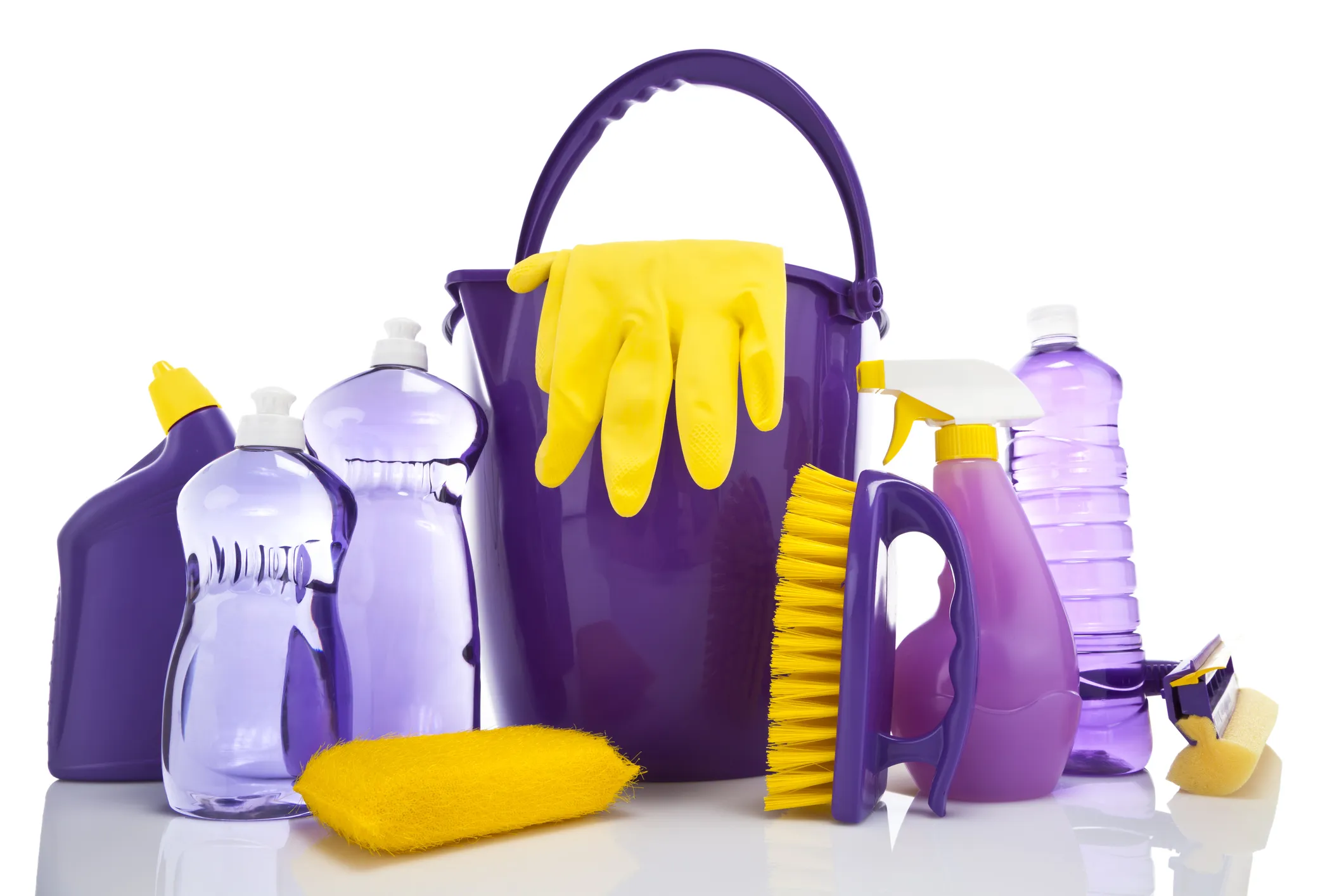Sponsored by
With the coronavirus disease (COVID-19) continuing to impact our community, understanding how to clean and disinfect rooms or areas where people have been sick is important. The virus spreads from person to person when they are as close as 6 feet apart through respiratory droplets. The virus may also be able to live on certain surfaces for a short period of time.
Droplet transmission is a prominent way germs are spread from person to person. When you cough or sneeze, you send droplets into the environment, and others can get sick when they contact those infected droplets. Viruses like the flu and coronavirus can live outside of the body for several hours. If you cough or sneeze on a surface, someone that touches that same surface could become infected. Taking steps to limit the spread of these germs can protect your health and the people around you.
Below are some helpful Centers for Disease Control recommendations regarding cleaning and disinfecting:
According to CDC.gov, Cleaning refers to the removal of germs, dirt, and impurities from surfaces. Cleaning does not kill germs, but by removing them, it lowers their numbers and the risk of spreading infection. Disinfecting refers to using chemicals to kill germs on surfaces. This process does not necessarily clean dirty surfaces or remove germs, but by killing germs on a surface after cleaning, it can further lower the risk of spreading infection.

Hand Washing
Everyone says to wash your hands “often”, but what defines “often”? Wash with soap and water for 20 seconds:
• After touching any surface touched by another person, such as tables, hard-backed chairs, doorknobs, light switches, remotes, handles, desks, toilets, sinks
• After blowing your nose, coughing, or sneezing
• After using the restroom
• Before eating or preparing food
• After contact with animals or pets
• Before and after providing routine care for another adult (or child)
Cleaning Surfaces
• Use soap and water prior to the disinfection of dirty surfaces.
• To disinfect, household bleach solutions, alcohol solutions with at least 70% alcohol, and most common EPA-registered household disinfectants should be effective.
• Diluted household bleach solutions can be used if appropriate for the surface. Follow the manufacturer’s directions for application and proper ventilation. Make sure the expiration date of the product has not passed. Bleach that is past its expiration is not effective against the coronavirus. Do not mix household bleach with ammonia or any other cleaner.
How to prepare a bleach solution: 5 tablespoons (one-third cup) bleach per gallon of water
• Products with EPA-approved emerging viral pathogens claims are expected to be effective against COVID-19 based on the data for harder to kill viruses. Follow the manufacturer’s directions for cleaning and disinfecting products.
• For soft and porous surfaces such as carpeted floor, rugs and curtains, remove any visible contamination if present and clean with appropriate cleaners.
• If any items can be laundered, launder items in accordance with the manufacturer’s instructions using the warmest appropriate water setting and letting the items dry completely.
• Carefully handle dirty laundry, as the virus may be dispersed through the air as droplets.
• Wash all appropriate items in accordance with the manufacturer’s directions. Wash on the warmest appropriate water setting and dry items completely. Dirty laundry that has been in contact with an ill person can be washed with other items.
• Don’t forget to clean and disinfect the hamper or anything else used to transport laundry according to the guide for hard and soft surfaces.
If you have symptoms, call the Ochsner Covid-19 Line (844-888-2772) or have a video visit from home using Ochsner Anywhere Care.


